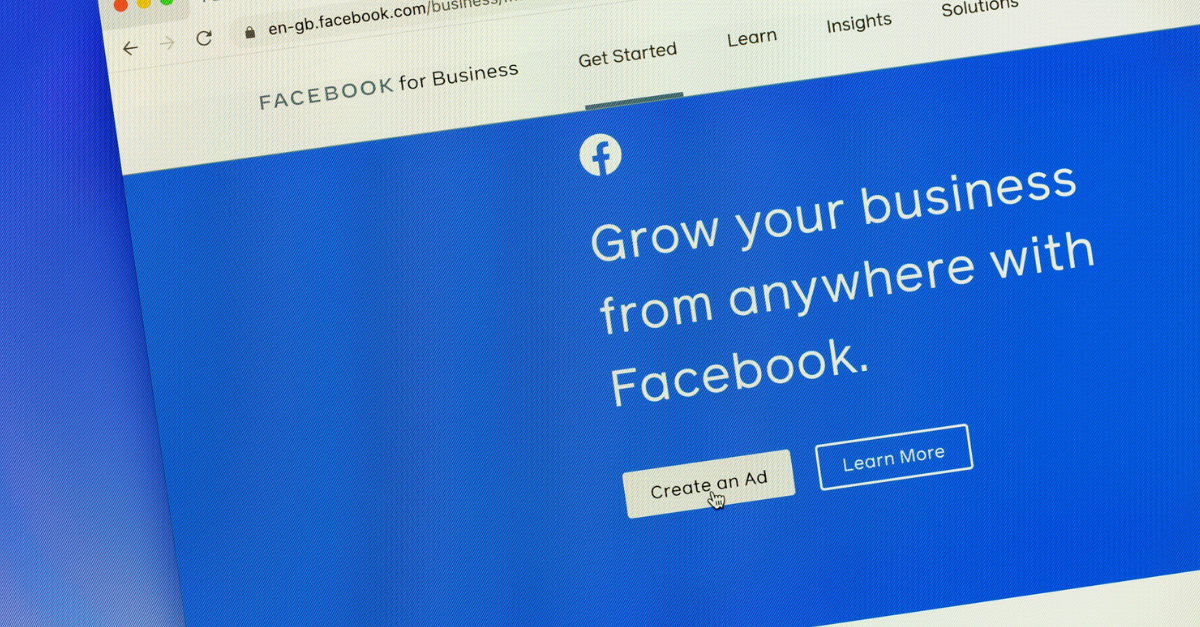We’d all love for our Facebook posts to work exactly like we have in mind, showing up exactly when and where we want them to and to the exact (and large) audience we are targeting. Unfortunately for us marketers, Facebook has a mind of its own and we are left to keep up where we can.
To effectively manage our social campaigns on this platform, we need to learn how to think like Facebook. This means understanding what works and what doesn’t, and what that looks like to the Facebook algorithm. With some practice, we can show this social media giant how relevant our posts are to their millions of users.
Facebook Algorithm
The Facebook algorithm is a beast of a system that all marketers work to navigate. These rules seemingly change according to Facebook and its users’ whims, creating legitimate concerns for companies.
Some of the more recent changes include providing context to users on why they see certain posts, as well as re-organizing how information appears on the News Feed.
These updates emphasize the importance of audience targeting and engagement efforts, with likes, comments, and shares equivalent to social media currency for brands to become more relevant. Positive reactions give brands a clear idea of what people like, and negative reactions help brands adapt their content to fit the needs of the audience.
Facebook Hiding Posts?
If posts aren’t seen, they aren’t being interacted with and that becomes a point of worry for brands. This “post hiding” activity results from ranking, a process in the algorithm that Facebook uses to organize the News Feed.
Pages are prioritized based on a user’s past interactions with your content. Reactions, comments, or, even better, being added as a ‘Favorite’ is what gets your posts higher up on the Feed. The most important factors that influence ranking include:
- Frequency of interaction. Someone that has continuously interacted with your content in the past will continue to see your content.
- Relevancy of post. For example, if you post a lot of content about cars, this will show up on a News Feed for a user that has liked, commented, or shared other posts relating to cars in the past.
- Engagement. Posts with more reactions shared by pages, groups, or friends that the user follows is prioritized.
- Recency of post. In some cases, newer content does show up first.
The News Feed’s default setting is Top Posts which will use ranking to determine what someone sees, or doesn’t see, first. However, social media users have the option to change this setting to reflect most recent posts.
It never hurts to ask your followers to designate a higher priority to your page. Have you been posting interesting content that you know they’d enjoy? Encourage them to add your page to their “Favorites” so they don’t miss out.
Facebook Algorithm Strategies
You might be wondering what else you can do to help your marketing efforts when it comes to Facebook. The algorithm’s purpose is to drive authentic engagement which means tailoring your strategy to optimize these interactions is the way to go.
For one, schedule your posts when you know your followers are online. Whether you plot the trends yourself or use a social media tool to help you capture the data, this is information that sheds light on optimal times for posting.
If you want something done right, do it yourself. This is a common saying that can be easily applied to Facebook content. If you want engagement and discussion, be the first to start it up for everyone to join in on. For example, “Who’s excited for the launch? Let us know what you’re looking forward to the most!” or “What do you prefer for takeout? Like for sushi and react with a heart for pizza.”
Finally, prioritize photos, videos, and unique copy. Visuals are a great way to capture attention as someone scrolls down their Feed. Keeping the content fresh will keep audiences interested and if you have something that gets missed, don’t panic. You can reintroduce it to followers using a different approach. Rephrase your message or link it to another campaign.
Getting Noticed on Facebook
To be noticed by Facebook’s algorithm, you must first be noticed by your audience, creating a two-step process where one triggers the other. If your audience is on board, Facebook will be quick to get on board.
To get your audience on your side, you can take the organic route or the paid route. Usually, the best strategies are a combination of both. Creating valuable organic content, letting it do its thing, and then boosting the best performing posts is how most people recommend going about getting noticed.
Facebook Advertising
Facebook Ad campaigns are a great option for those with a budget. The power of Facebook ads will take your campaigns far. From video ads to carousel ads, there’s a variety of options with paid promotion that will complement your organic strategy nicely.
Boosting is a useful tactic for posts that are already performing well on their own. If you find that an organic post is getting tons of interactions, help it out by spending some ad dollars to boost it’s reach. Doing so gives a trending post the extra attention it deserves.
Facebook Ads also have the ability target users based on different factors such as age, location, and more using the Audience Optimization tool.
A few things to take note of with this: Facebook’s parent company, Meta has introduced new changes to ads targeting that were implemented in January 2022. These changes removed Detailed Targeting options in topics that people consider to be more sensitive. Examples include health-related causes, sexual orientation, religious practices and groups, and political beliefs, social issues, causes, organizations, and figures. In addition, niche targeting options that were deemed too redundant or granular were also removed.
The Takeaway
We’re not going to lie—mastering Facebook is a bit of a trial-and-error process in the beginning and you will have to adapt as trends in social media and calls for changes evolve. The important part is to focus on what you know—your company and your audience. If you have a clear idea of both in mind, you’ll be well-positioned to pivot whenever changes are rolled out.



